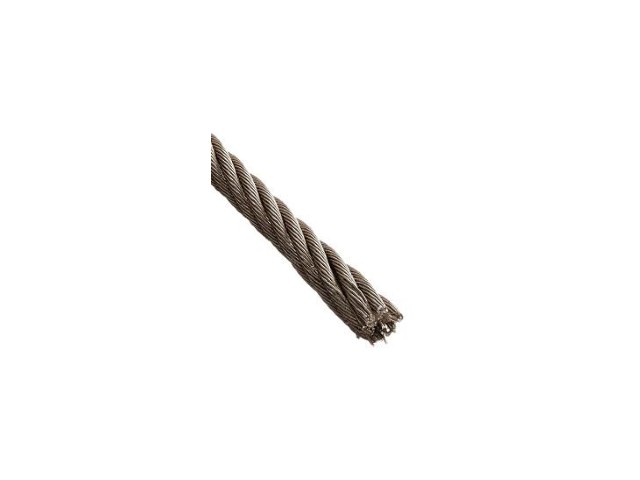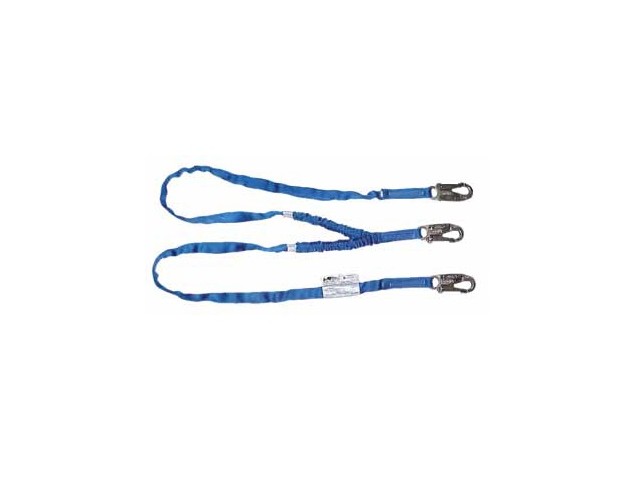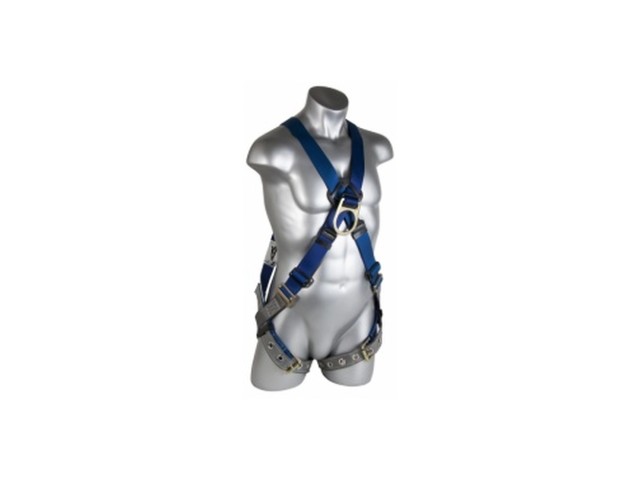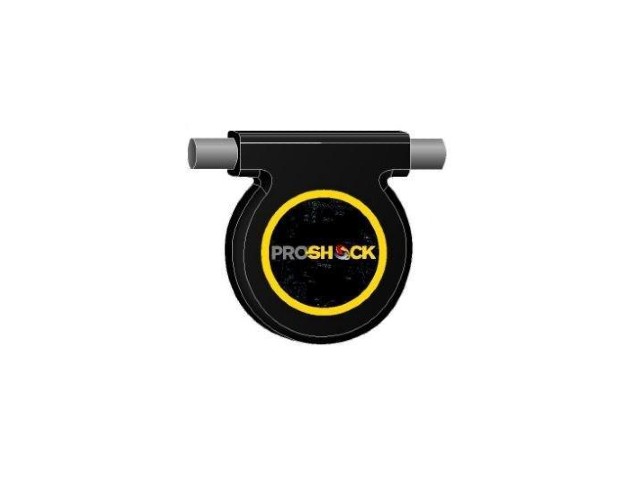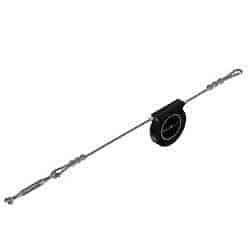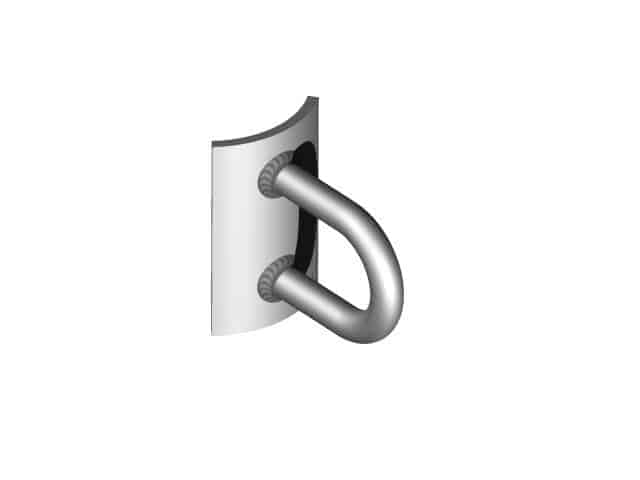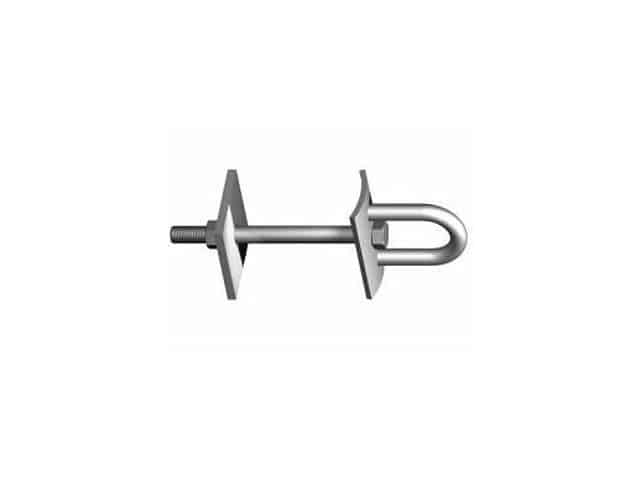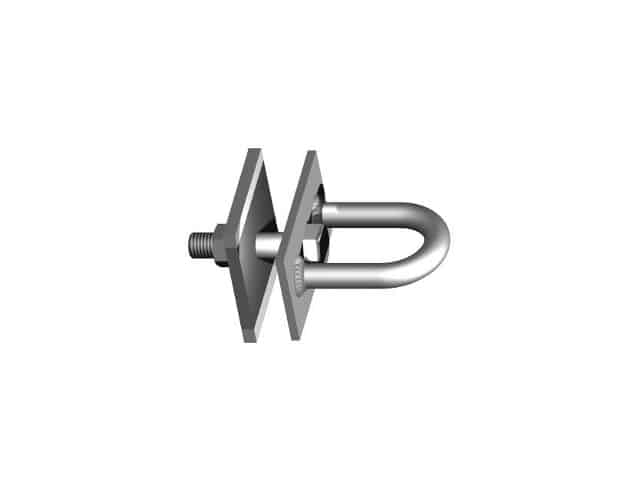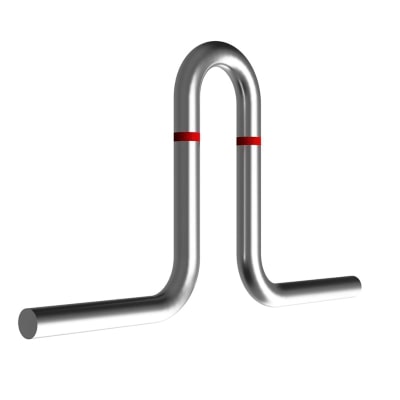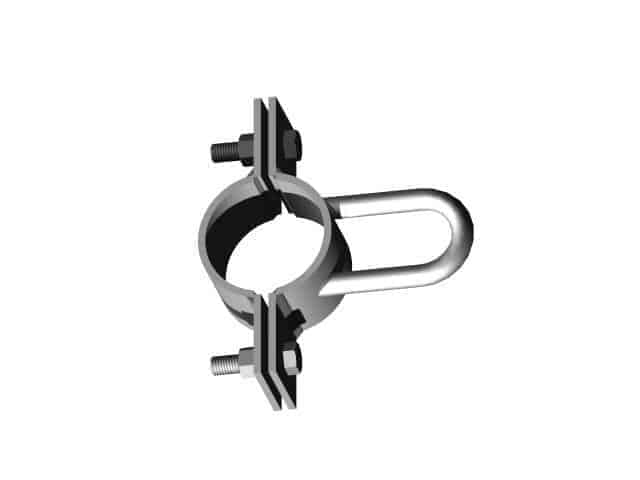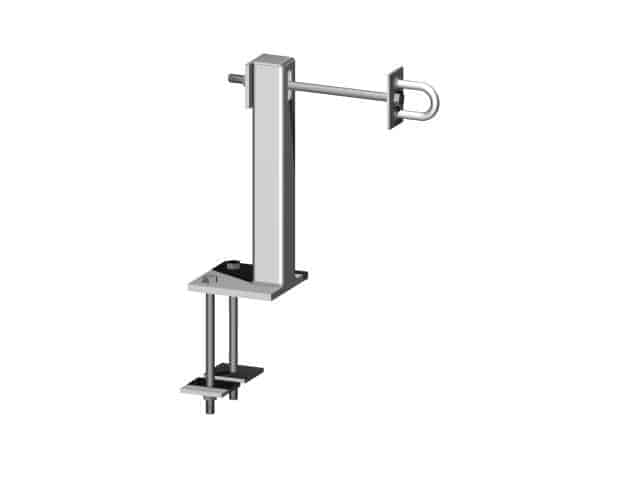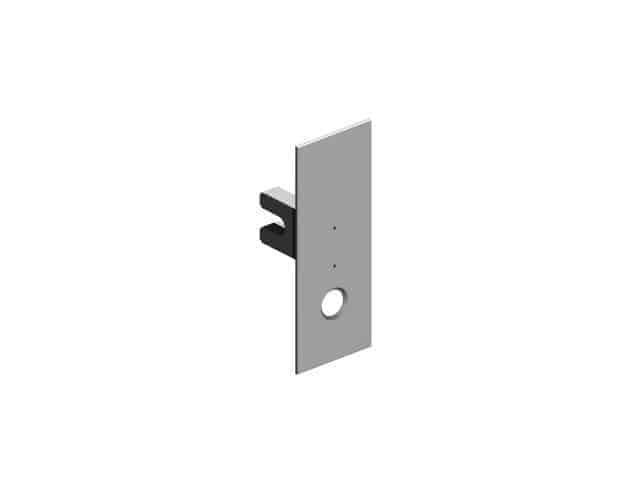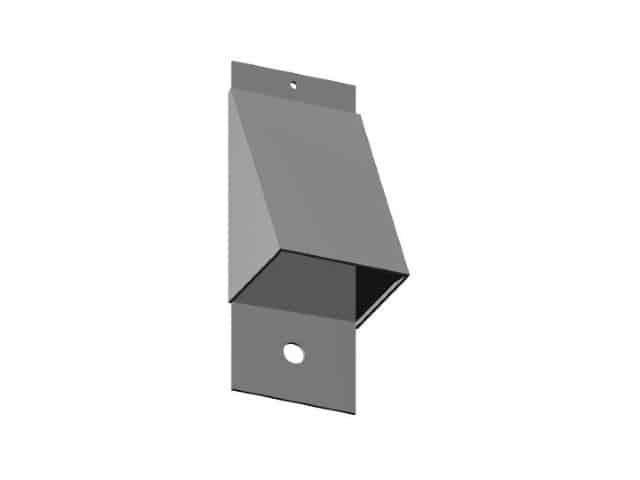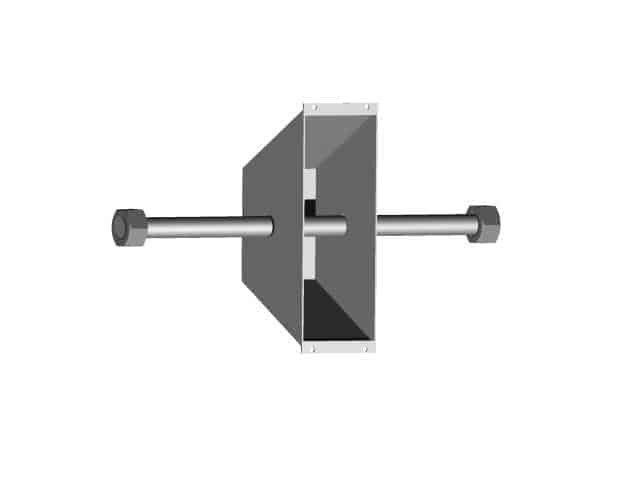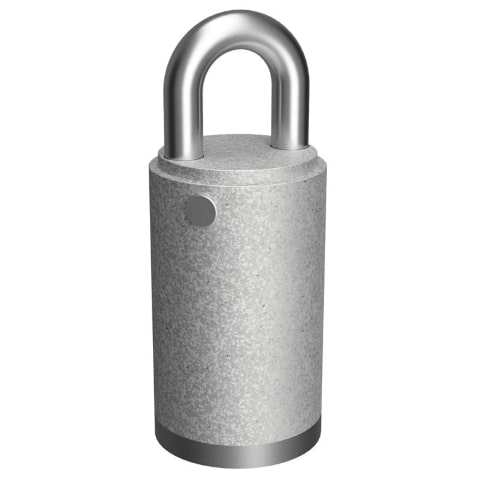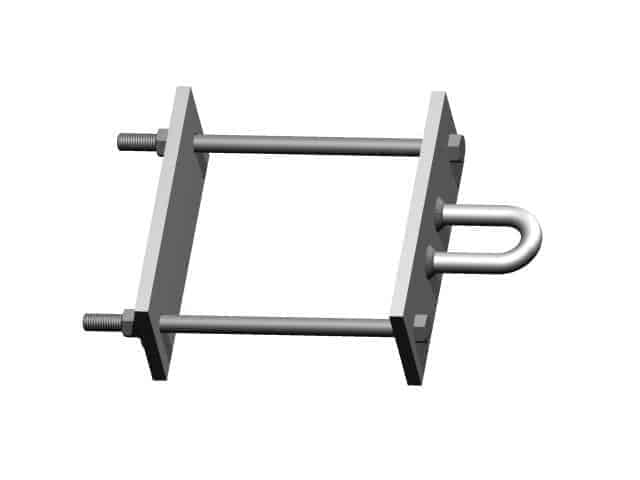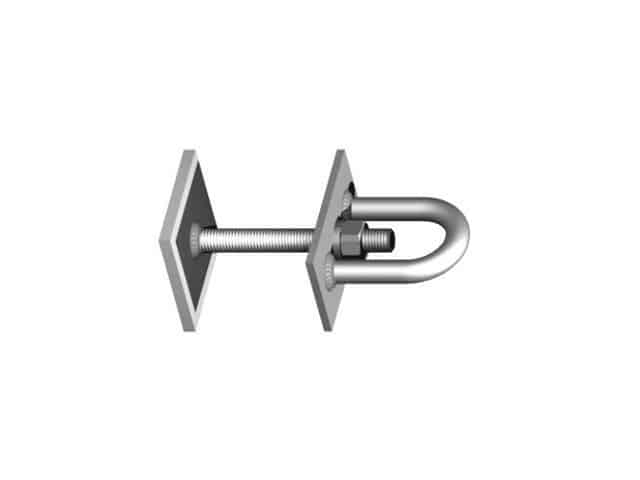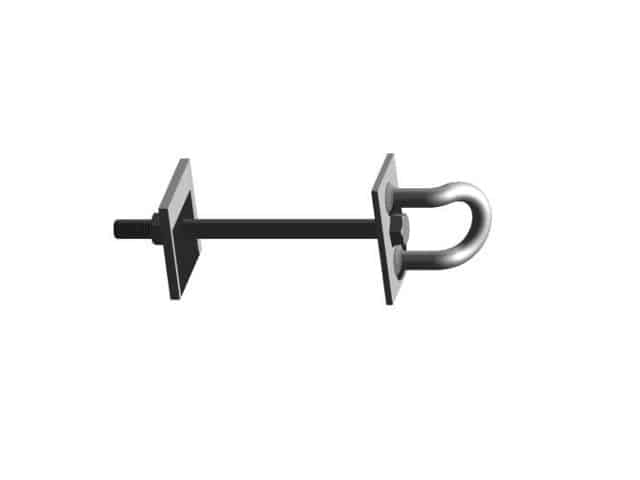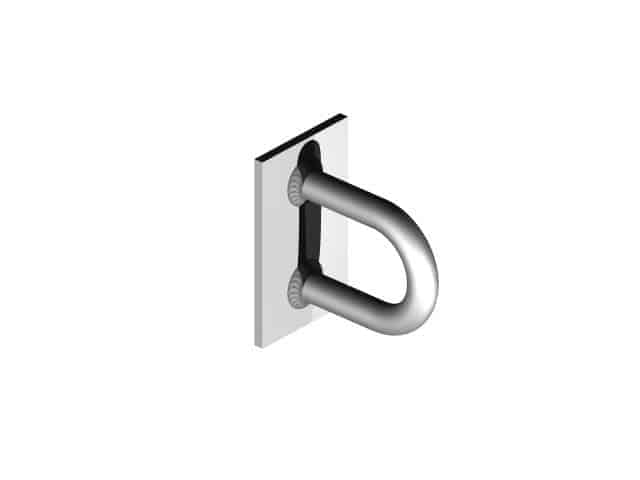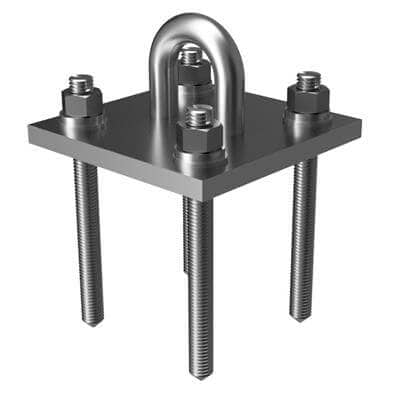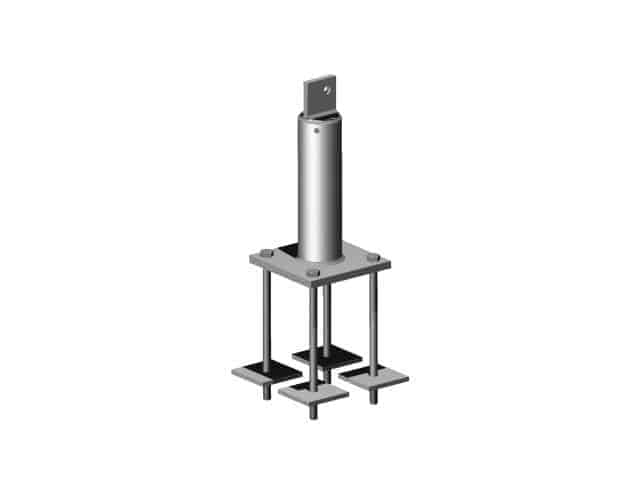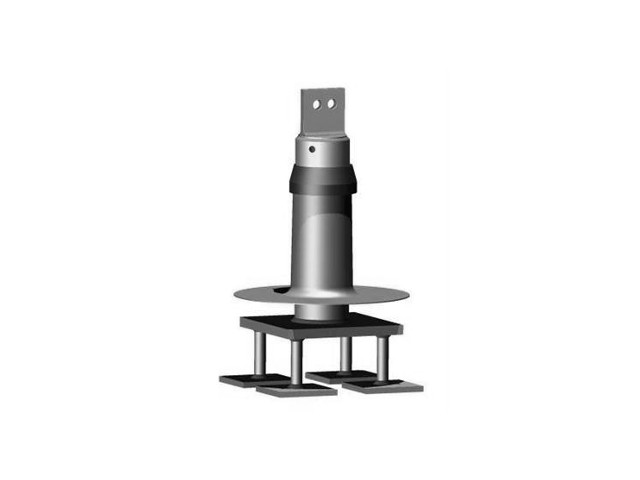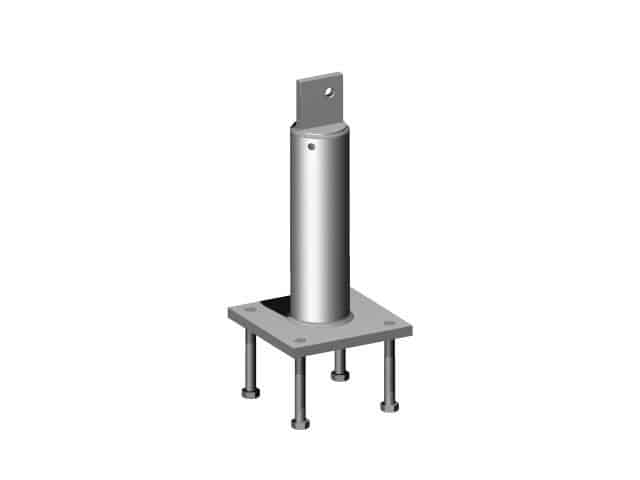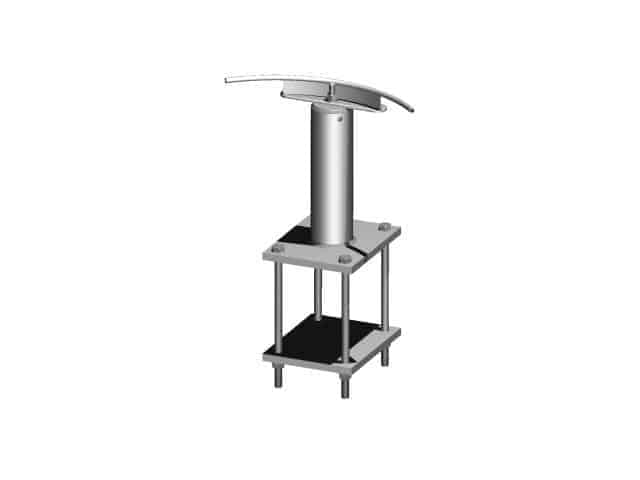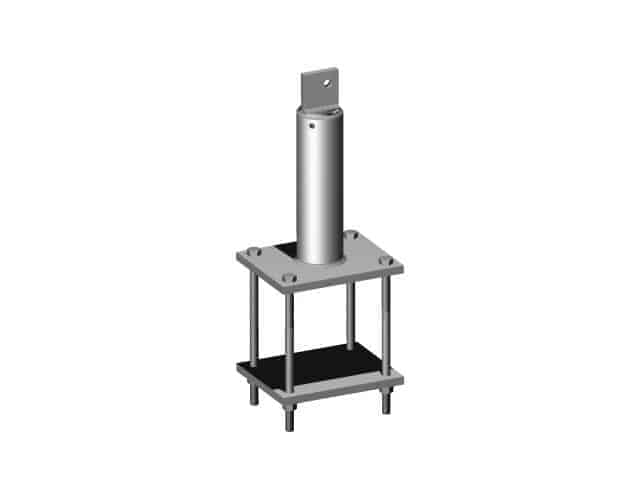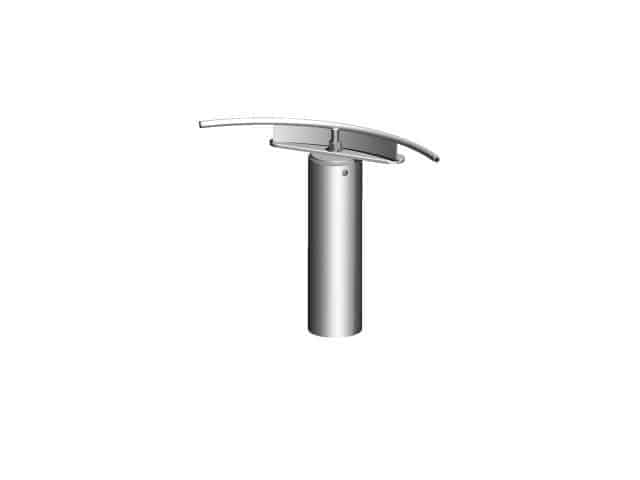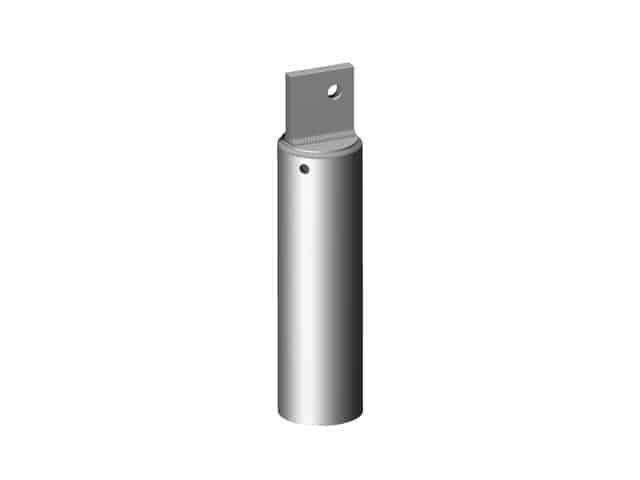Industrial Fall Protection and Safety Equipment
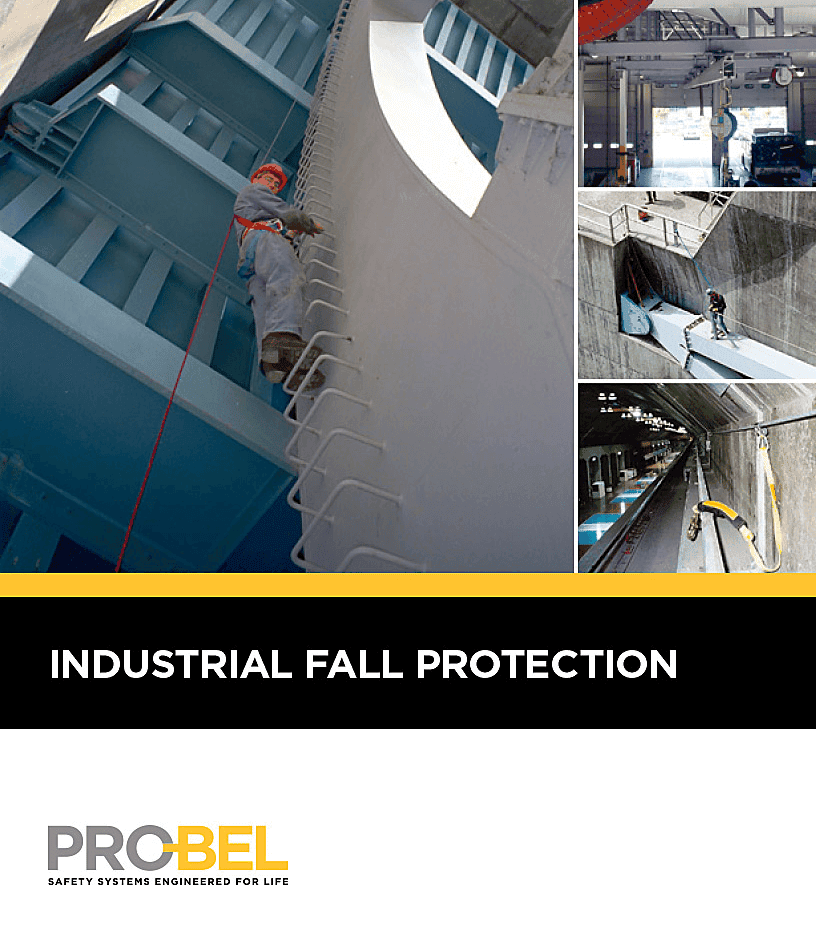
Complete this form to download your free brochure
At Pro-Bel, we understand that many industries whose employees work at heights rely on safe, reliable suspended maintenance access and fall protection. Our commitment is to maintain and enhance safe work environments because we know a fall from an elevation incident can adversely affect the image of industrial contractors and their clients.
Fall protection prevents injury or fatality when standing or working at heights. It doesn’t take a significant fall to sustain injuries or be killed, so the necessary safety precautions must be deployed.
The primary forms of fall protection implemented on roof work are fall restraint, fall arrest, and fall prevention. Fall protection can also be used alongside rooftop safety equipment systems like bosun chairs and suspended stages/platforms for facade access.
Fall Protection and Window Washing Equipment We Provide
Anyone working from heights relies on safety equipment to keep them unharmed, suspended, or close to the roof’s edge. Pro-Bel aims to establish reasonable and economical methods for providing safe access and properly implementing regulations for fall protection devices (OSHA, ANSI, CSA, etc.). Our offerings include:
Non-Permanent Equipment
- Rental Davit Arms for Construction: Ideal for temporary setups and versatile use.
- Horizontal Cable Lifeline Systems: Provide fall protection across extended distances.
- Safety & TieBack Lifeline U-Bar Anchors: Secure anchorage for various fall protection systems.
Permanent Equipment
- Roof Anchors/TieBack Anchors: Secure anchor points for various fall protection systems.
- Davit Systems: Fixed installations for suspended access and maintenance.
- Horizontal Lifelines: Provide continuous fall protection for workers along a horizontal path.
- Monorails: Facilitate movement along a track for facade cleaning or maintenance.
- Rigging Sleeves: Support and secure rigging equipment for safe operations.
- Outrigger Beams: Extend support for fall protection systems.
- Intermittent Stabilization Anchors (ISAs): Stabilize and support safety systems.
- Material Hoisting Systems: Efficiently lift and transport materials to elevated areas.
Fall Protection Systems Overview
Fall Prevention
The Oxford Dictionary defines prevention as “the action of stopping something from happening or arising.” This definition extends to fall prevention, which refers to any system or process in place to prevent a fall.
One example of fall prevention is the use of guardrails. Guardrails are placed on roof areas where workers are performing tasks within 6 feet (1.83m) of a roof edge that does not have a parapet (which must have a minimum height of 42” or 1.07m). These rails create a barrier between the worker and the roof’s edge.
Another example would be training employees to recognize fall risks. This is implemented by requiring employees working at higher levels to possess a working at heights certificate. A working at heights training certificate is only valid for 3 years. After that, the worker must retake the exam to keep up-to-date on fall risks and refresh their knowledge.
Fall Restraint
Fall restraint refers to a system of fall protection equipment that prevents employees from accessing the edge of a work area, thereby preventing falls. Typically, the equipment used for fall restraint would be either tied-off stand-alone roof anchors or a horizontal lifeline system placed 10 feet back from the ledge. This equipment is placed outside a fall hazard area (anything within 6 feet of a roof’s edge or a fall hazard) to eliminate the probability of falling.
Fall Arrest
A Fall Arrest system refers to the framework in place to stop a fall after a worker goes over the roof edge. A typical form of fall arrest is a lifeline attached to the employee's harness. To implement proper fall arrest, there must be at least 20 feet/6 meters of vertical distance. If there isn’t, a travel restraint must be designed for it, or a guardrail must be installed.
In the event of a fall, the lifeline will catch the worker, keeping them suspended by their harness for half an hour. From that point, it’s essential to rescue them immediately, as no matter how well their harness is designed, the suspended employee risks losing blood flow to the main arteries in their legs. To avoid any permanent damage, they should be rescued within 15 minutes. The safest form of fall arrest is not having to use it at all. These aspects of fall protection are the pillars of safety when working from heights. A fall restraint keeps you from the edge, a fall prevention block prevents a fall from occurring, and a fall arrest catches you if you go over the edge. With these preventative measures, no one working on the roof is at risk of their life.
Industries Served
Pro-Bel’s fall protection and safety solutions cater to a wide range of industries, including but not limited to:
- HVAC
- Electrical
- Glazing
- EIFS
- Caulking
- Air Barrier
- Specialty Cleaning
- Curtain Wall/Cladding Steel Erection
- Masonry
- Painting
- Signage
- Sandblasting
- Exterior Inspection
- Communications
- Welding
- Oil and Gas
- Power Plants
- Power Lines
- Crane/Conveyor
- Aircraft/Hangar Maintenance
- Bridge Maintenance
- Truck Maintenance
- Mining
- Rail Car Maintenance
- Cruise Lines
Compliance and Safety
Pro-Bel ensures all equipment and systems comply with relevant regulations, including OSHA, ANSI, and CSA standards. Our solutions are designed to meet the highest standards of safety and compliance.
Contact and Services
Please contact us to learn more about our fall protection systems or to schedule a consultation. We offer comprehensive services, including system design, equipment supply, installation, testing, and certification.

